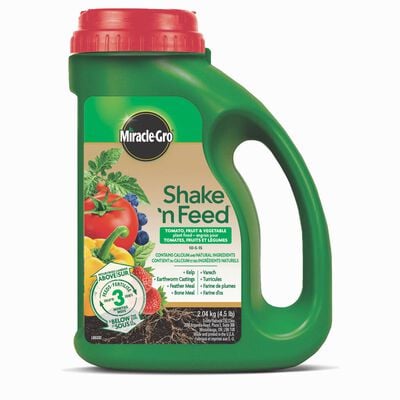
Planting, Growing & Caring For Asparagus
Start with Dormant Crowns
Although asparagus can be started from seed, the plants take 3 years to mature, so it is usually grown from 1-year-old crowns. However, the plant can be productive for 10 years or more, so it's worth the wait. You can start planting as soon as the soil is workable in late winter or early spring. How much your family enjoys asparagus determines how many plants you will need. A good start is 10 plants for each person. If it's a family favorite or you plan to freeze some for later, you'll want to plant more.
Plant in Rows
To grow asparagus, plant in a location with good drainage. Dig trenches that are about 6 inches wide and 6-12 inches deep. From there, create a mound in the trench and place the crowns 15- 18 inches apart, spreading the roots over the ridge. Similar to how you would plant individual plants in ground, create a 50:50 blend with the native soil removed from the trench and compost or garden soil, such as Miracle-Gro® All Purpose Garden Soil, then cover your asparagus plants with 2 inches of the soil mixture. As you see the crowns sprout a few inches, add more of the 50:50 soil mixture until the trench is filled.
Feed Well
Asparagus is a heavy feeder. Encourage thick spears by feeding in the spring with a continuous release plant food, like Miracle-Gro® Shake 'n Feed® Tomato, Fruits & Vegetables Continuous Release Plant Food Plus Calcium, before growth starts, and again 3 months later, after harvest. Water to keep soil consistently moist, and encourage moisture retention with a 3-inch layer of mulch.
Enjoy Your Asparagus Every Year
Don't harvest your harvest during the first year. Just let the plants grow to give the crown a chance to become well established. You can start lightly harvesting your asparagus during the second year. In the spring, remove the old fern growth - the thin leaves that grow above the stalk - from the previous year, and keep an eye open for the new spears to begin emerging. For the following years, maintain the bed and harvest only the spears thicker than a pencil. At the end of the harvest, be sure to allow some spears to grow into ferns; this replenishes the nutrients for next year's spear production.

